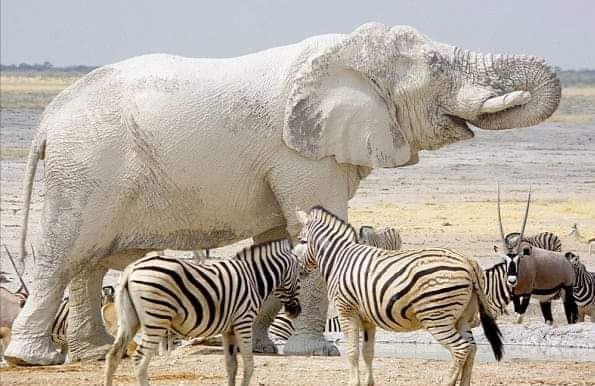
SomersetClive has been highlighting the sorry story of the White Elephant Enclosure for some time and it now looks as if others have finally woken up to the amount of money Squire Teflon’s pet project has cost us.
As Smalltown and Dullbridge reacted with shock at the thought of throwing even more cash into the money pit, I took the chance to chat to my old friend and luvvy Anthony Floyd-Blubber to find out exactly how to make money from running a White Elephant Enclosure.
“Well Piers – that’s the million dollar question isn’t it? Or million pounds question in Smalltown.
The single most important factor of running a WEE – or in fact ANY business is that you need a firm idea of what sort of profit you want to achieve and some firm ideas as to how you are going to achieve that success.
You can’t just throw money at a business, eventually either your bank, your shareholders or even your own pockets will say ‘enough’. This isn’t working, time to call it quits. I’ve done that before after an opening night in the East End, my most recent show Sinderella is a case in point. It was obvious after only one night that my idea of a young masseuse who doesn’t marry her Prince was always going to be an embarrassment, But I digress.
A business plan may have a loss in the short term but should clearly lead to a profit. So if the White Elephant Enclosure is losing £200k per annum, then you look at fixed and variable costs. Say much of your costs are fixed. You then need to find an extra turnover of around £300k because you need more than £200k profit to aim at because of covering past losses.
Now you look at the seat capacity – I believe the WEE can accommodate 200 people, and achievable ticket price – let’s call it an average of £20. That would generate £4k for a sell out show.
You would need 50 sell out shows in a year to generate £200k.
But if only two-thirds of costs are fixed, and one third variable, you would need 50% more. That tells you that you would need 75 sell out shows of 200 people at £20 per ticket to remove the deficit and break even.
This sort of simple calculation tells you where you need to go financially and then the business plan is the steps that are going to get you there.
This is the formula I’ve always used when running my own theatres. It’s a simple calculation and would be the obvious first step to take for anyone thinking of running a WEE.
Will the WEE ever make a profit? At the current rate of one almost sold out show and several shows where only five people turn up per year, I’d say No, definitely not. If something doesn’t change now residents of Smalltown and Dullbridge will be paying through the nose for eternity.
Really, all residents can do is hope is that those BeFuddled Councillors grow some balls and think for themselves. Teflon has had it his own way for too long.”